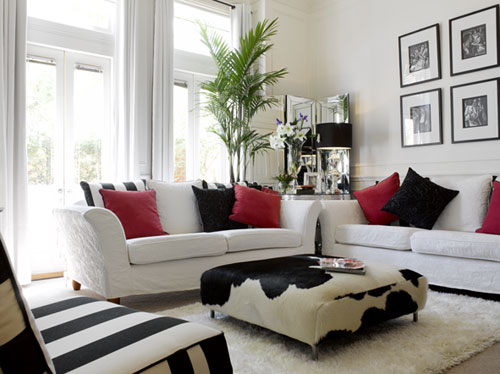Architecture has long been a close feature tied together with the evolution and development of the human race. From simple clay thatch huts to modern high-rises, building and creating accommodation to suit various purposes has been a consistent phenomenon.
 In the recent past as well as the current modern-day, architecture has evolved into a more design-oriented as well as a more environment-oriented construct. Being one with the environment, not only with cohesive design but also through materials use, has allowed architecture to grow significantly as an industry.
In the recent past as well as the current modern-day, architecture has evolved into a more design-oriented as well as a more environment-oriented construct. Being one with the environment, not only with cohesive design but also through materials use, has allowed architecture to grow significantly as an industry.
In terms of the future, there are many elements that can be looked at to gauge the path that construction will take.
Environment oriented
More and more modern architecture is being built on the concept of environment-friendliness. The dire effects of pollution as well as the wastage of non-renewable and limited resources has led designers and architects to consider modifying their architectural designs to include factors that not only reduce environmental damage, but also work towards improving environmental conditions. Features such as rooftop gardens and tiered gardens on the sides of office and apartment buildings has allowed them to introduce plant life into buildings that were previously notorious for being contributions to ‘concrete jungles’. Now, modern technology and innovative design has allowed architects to create elevated gardens, surround long stay accommodation apartments and five-star hotels alike.
Additionally, more responsible sources in terms of material are being used in construction. From recycled steel to even recycled concrete being used in mega-structures. These materials are collected from demolitions of older buildings. Previously, this demolition debris would have been deposited in landfills. Through modern technology, it has become possible to breathe new life into them and incorporate them into newer works of construction.
Multitasking buildings
A newer breed of multitasking buildings have also emerged. These buildings have allowed those in construction to create buildings that are capable of generating their own power, amongst other innovative ideas. Buildings that use solar power to run entire offices are now seen across the world, generated through the specially created solar panels built into the windows of the building.
Moreover, modern construction efforts have allowed architects to design buildings that also save energy and reduce its consumption. This is done through innovations such as ‘smart buildings’ that detect when no individuals are present in a room and automatically switch off lights and air conditioning systems to save power. These innovations save companies millions of dollars each year, while also allowing energy to be saved and less resources to be used up.